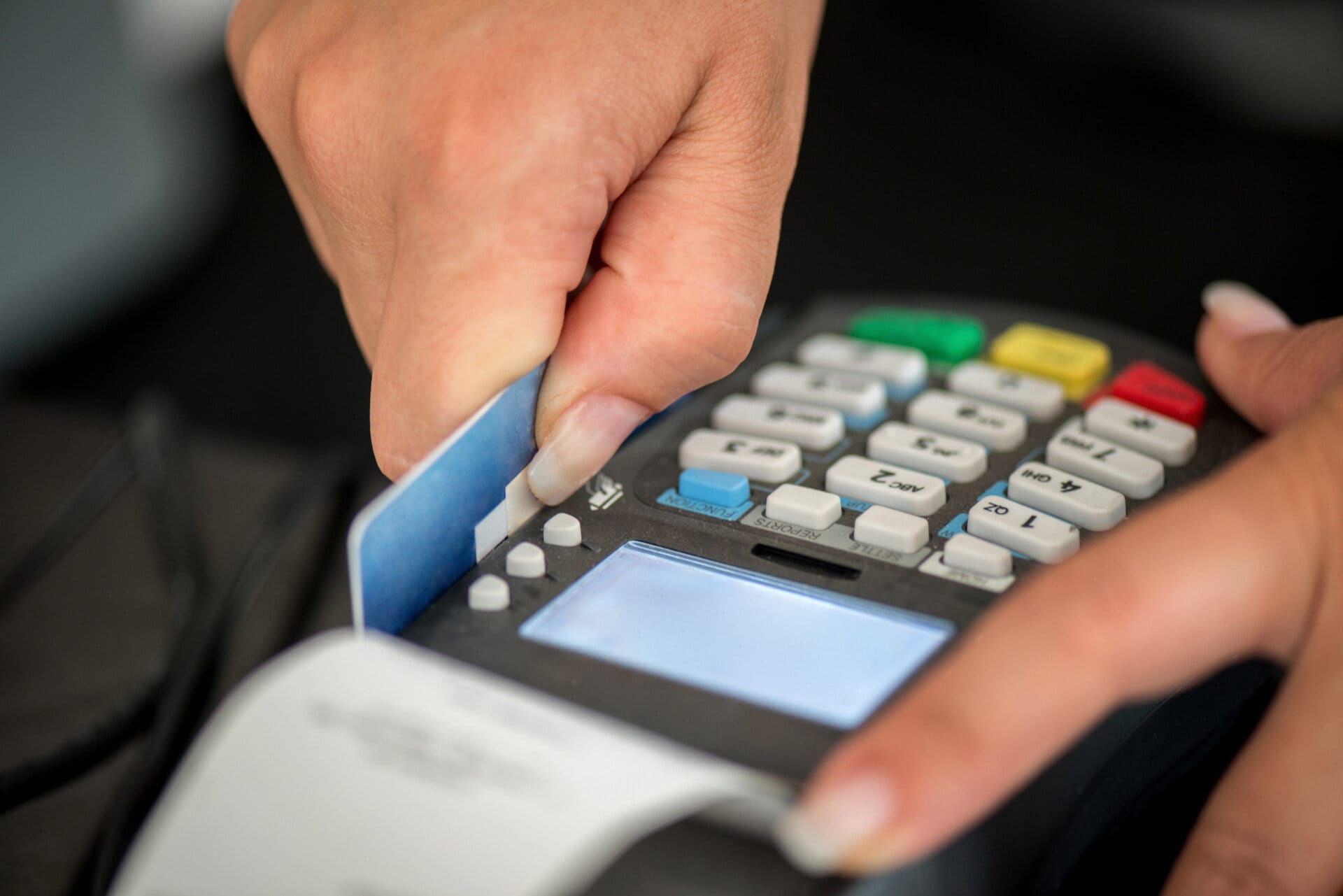As a small business owner, you want to do everything in your power to maximize your profit margins.
Your payment processing fees may be around 3% (or sometimes a lot higher!). While it’s not realistic to eliminate these fees, optimizing them is realistic and can significantly improve your profit margins.
Being well-versed on billbacks could allow you to reduce your payment processing fees.
This article will tell you what you need to know.
Billback Definition
A billback is a charge from a transaction that was processed during the previous month.
You may be wondering: why is this even a thing?
Essentially, processors charge a fixed rate for transactions during the billing period to make billing easier. But different transactions have different interchange fees – a debit card, for example, may have a lower interchange fee than a rewards card. And since interchange fees often account for 70-80% of credit card processing costs, a small difference on a percentage basis can make a big difference on a dollar basis.
So, the processor does a billback to align their costs with what the merchant is charged.
Your billback fees typically show up on the monthly statement in the month after the transaction occurred. So, if you’re under billback, you need to look at two monthly statements to calculate your total processing cost for a given transaction.
What is Enhanced Billback?
An enhanced billback is a billback that is enhanced… for the processor. Under this type of billback, the processor adds additional costs to the billback.
How Do You Know if You’re Under Billback or Enhanced Billback?
You can determine if you’re under billback or enhanced billback by looking at your monthly statement. Billback fees or enhanced billback fees are typically listed under your interchange fee section, with the code “BB” for billback fees or “EBB” for enhanced billback fees.
Example of a Billback
Let’s look at a simple example to illustrate how billbacks work in practice:
A customer purchases an item from your shop and uses a rewards card. The payment processor charges you a processing fee of 2.50%, but assumes an interchange fee of 1.75%. But the interchange fee for this transaction came out to 2%.
The processor may elect to charge you a billback to make up for the .25% difference on your next monthly statement.
What Should You Do if You’re Under Billback?
Before we go any further – being under billback is not necessarily a bad thing (being under enhanced billback is a bad thing though).
So… you see the billback code on your monthly statement.
How do you know if it’s a problem?
You want to consider your total credit card processing fees per transaction (initial fee + billback fee + any other fees) and decide if they are reasonable or too high.
The effective rate for most small businesses should be somewhere between 2% and 3%. With that said, interchange fees have a big impact on your effective rate and they vary a lot from business to business.
If you suspect you are paying too much in billback fees (or total credit card processing fees), you should reach out to your processor and try to negotiate better rates.
Not sure if you are paying too much? The team at Gravity Payments can help – give us a call at 866-701-4700.




